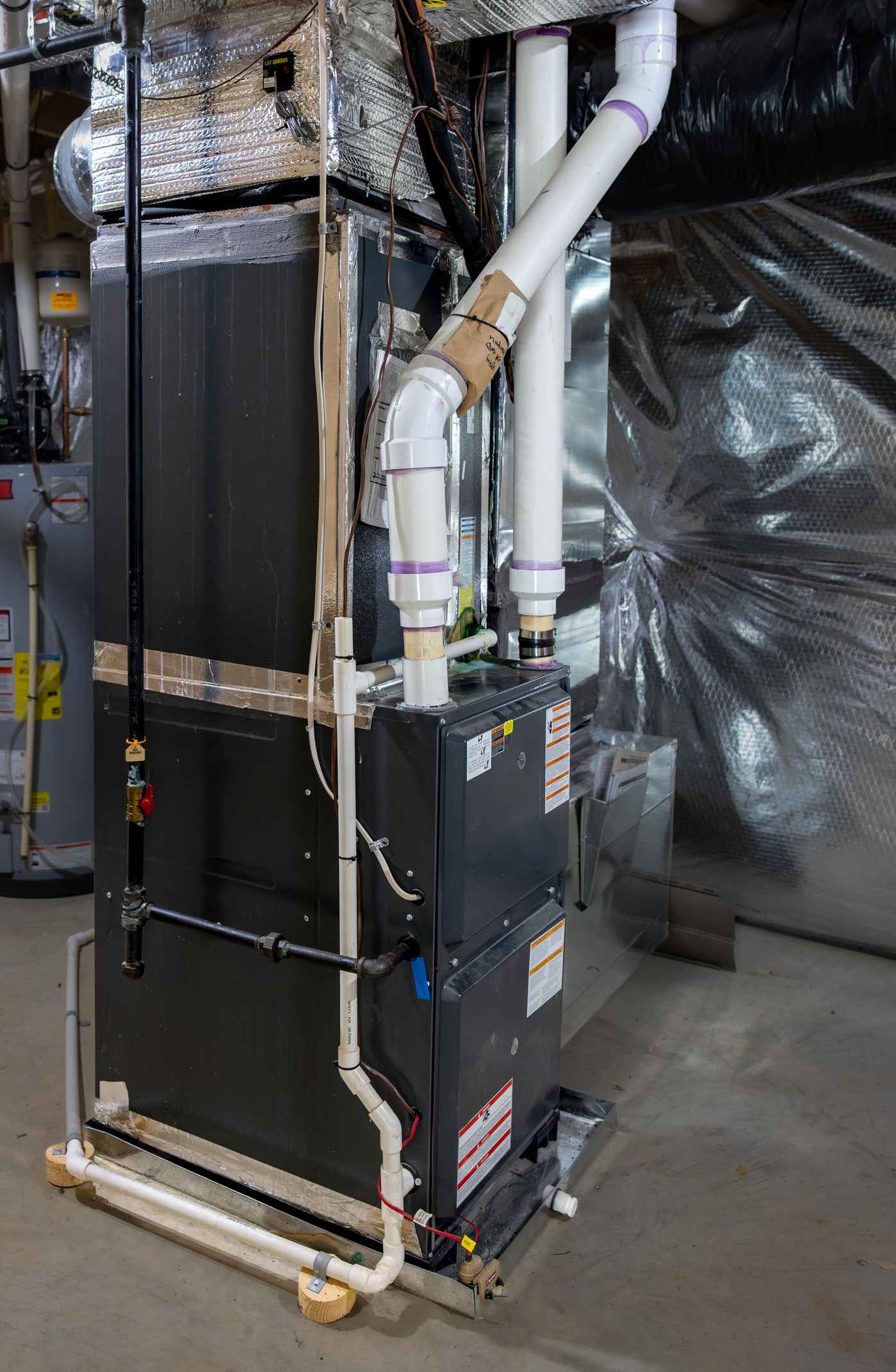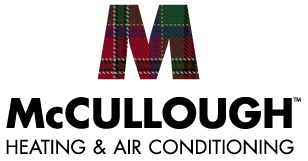4.8 Google Rating
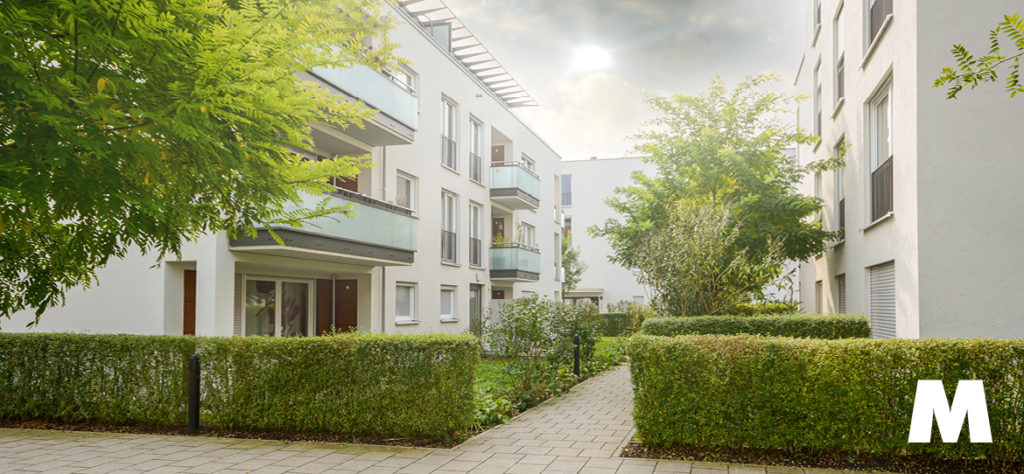
Best HVAC Systems For Austin Multi-Family Properties
When managing Austin apartments or other multi-family properties, ensuring reliable and efficient heating and cooling is crucial for tenant comfort and property value. The HVAC system you choose plays a key role in this. With the hot Texas summers and mild winters, Austin landlords and property managers must prioritize energy efficiency, cost-effectiveness, and durability in their HVAC selection.
In this blog, we’ll explore the factors in choosing HVAC units for condos or apartments, highlight the best HVAC systems for Austin multi-family properties, and explain how you can make the most informed decision for your investment.
Factors to Consider When Choosing HVAC Units for Condos or Apartments
Selecting the right HVAC system for a multi-family property isn’t as simple as choosing a standard system for a single-family home. Multi-family buildings present unique challenges, including space constraints, tenant needs, and varying building layouts. Here are some key factors to keep in mind when choosing HVAC units for condos or apartments:
Energy Efficiency
With rising energy costs, energy efficiency is a top concern for property owners. An HVAC system with a high SEER (Seasonal Energy Efficiency Ratio) rating can save thousands of dollars in operating costs over time. Modern systems offer advanced features like variable-speed compressors and smart thermostats that optimize energy use based on demand, ensuring tenants stay comfortable while lowering utility bills.
Zoning Capabilities
Multi-family properties often have multiple units with different heating and cooling requirements. Zoning capabilities allow property owners to control the temperature of each unit or floor independently. This feature not only improves comfort for tenants but also prevents energy waste, as vacant units or less-used areas can be set to lower heating or cooling levels.
Space and Ventilation
The size and layout of Austin apartments will affect your choice of HVAC system. In some older buildings, space may be limited, making ductwork installation difficult. In such cases, ductless mini-split systems may be the ideal solution. These systems don’t require extensive ductwork, making them a popular choice for renovations or buildings with space constraints.
Durability and Maintenance
Multi-family properties experience heavier HVAC usage than single-family homes, making durability a crucial factor. Look for systems known for longevity and easy maintenance. Some systems come with self-diagnosing technology that helps property managers stay on top of minor issues before they become costly repairs.
Noise Levels
HVAC noise can be a concern for tenants, especially in close-quarters living environments like condos or apartments. Choosing a quiet system, such as a ductless mini-split or a variable-speed unit, can improve tenant satisfaction and reduce complaints about noisy equipment.
By carefully evaluating these factors, you’ll be in a better position to choose an HVAC system that keeps your tenants comfortable while protecting your bottom line.
Best HVAC Systems for Multi-Family Properties in Austin
Austin’s unique climate and diverse housing stock mean that there is no one-size-fits-all solution for HVAC systems in multi-family properties. However, some options stand out for their efficiency, flexibility, and ease of installation.
Ductless Mini-Split Systems
Ductless mini-split systems are a popular choice for multi-family properties, particularly in Austin apartments where space may be limited. These systems consist of an outdoor compressor and one or more indoor air-handling units. The units are compact and can be installed in individual rooms, providing zoning capabilities without the need for extensive ductwork. This feature makes them an excellent option for older properties that may not have the infrastructure for traditional duct systems.
Additionally, ductless mini-splits are energy-efficient, offering significant savings on energy bills. They are also quiet, which is a key factor in multi-family settings where tenants live in close quarters.
Packaged HVAC Systems
Packaged systems combine heating and cooling components into a single unit, typically installed on the roof or a concrete slab adjacent to the building. These systems are highly space-efficient, making them a great solution for Austin multi-family buildings with limited indoor space. Packaged systems are available in different configurations, including gas-electric and electric-only versions, allowing property managers to choose the best option for their property’s needs.
VRF (Variable Refrigerant Flow) Systems
For larger multi-family properties or high-end apartments, VRF systems are a top-of-the-line solution. These systems use refrigerant to cool or heat individual spaces, and they offer the ultimate flexibility in zoning. VRF systems can heat one room while cooling another, making them perfect for properties with diverse tenant needs. In addition, VRF systems are incredibly energy-efficient and have a long lifespan, making them a sound investment for property owners looking for the highest level of performance.
Heat Pumps
Heat pumps are an increasingly popular choice for Austin apartments due to their dual functionality. Heat pumps can both heat and cool a property, eliminating the need for separate heating and cooling systems. This makes them an efficient and cost-effective option, especially in Austin’s moderate climate where extreme temperatures are less common.
Modern heat pumps are highly energy-efficient, offering savings on both heating and cooling costs. They also operate quietly, making them an attractive option for multi-family properties where tenant comfort is a priority.
Why Energy Efficiency Matters for Austin Multi-Family Properties
Energy efficiency is a key consideration for any property manager or owner, but it’s particularly important for multi-family properties. Heating and cooling account for a large portion of energy consumption in residential buildings, and an inefficient system can quickly drive up operating costs. By choosing an energy-efficient HVAC system, you can lower your property’s overall energy use, reduce utility bills, and even qualify for energy rebates or incentives.
Additionally, Austin residents are increasingly interested in eco-friendly living options. Installing energy-efficient HVAC systems can attract environmentally-conscious tenants, giving your property a competitive edge in the rental market. Plus, modern systems are often equipped with smart thermostats that allow tenants to monitor and control their energy usage, further enhancing tenant satisfaction.
Conclusion
Choosing the best HVAC system for your Austin multi-family property is a decision that can impact tenant satisfaction, energy efficiency, and long-term operating costs. Whether you opt for a ductless mini-split, a packaged system, a VRF solution, or a heat pump, it’s crucial to consider factors such as energy efficiency, zoning capabilities, and the specific needs of your tenants. With the right system in place, you can create a comfortable living environment while maximizing your property’s value.
Do you need help choosing the best HVAC system for your Austin apartments or multi-family properties? Contact McCullough Heating & Air Conditioning today for expert advice and professional installation. Our experienced team is here to guide you through the process and ensure your property is equipped with the best solution for your heating and cooling needs.
Recent News
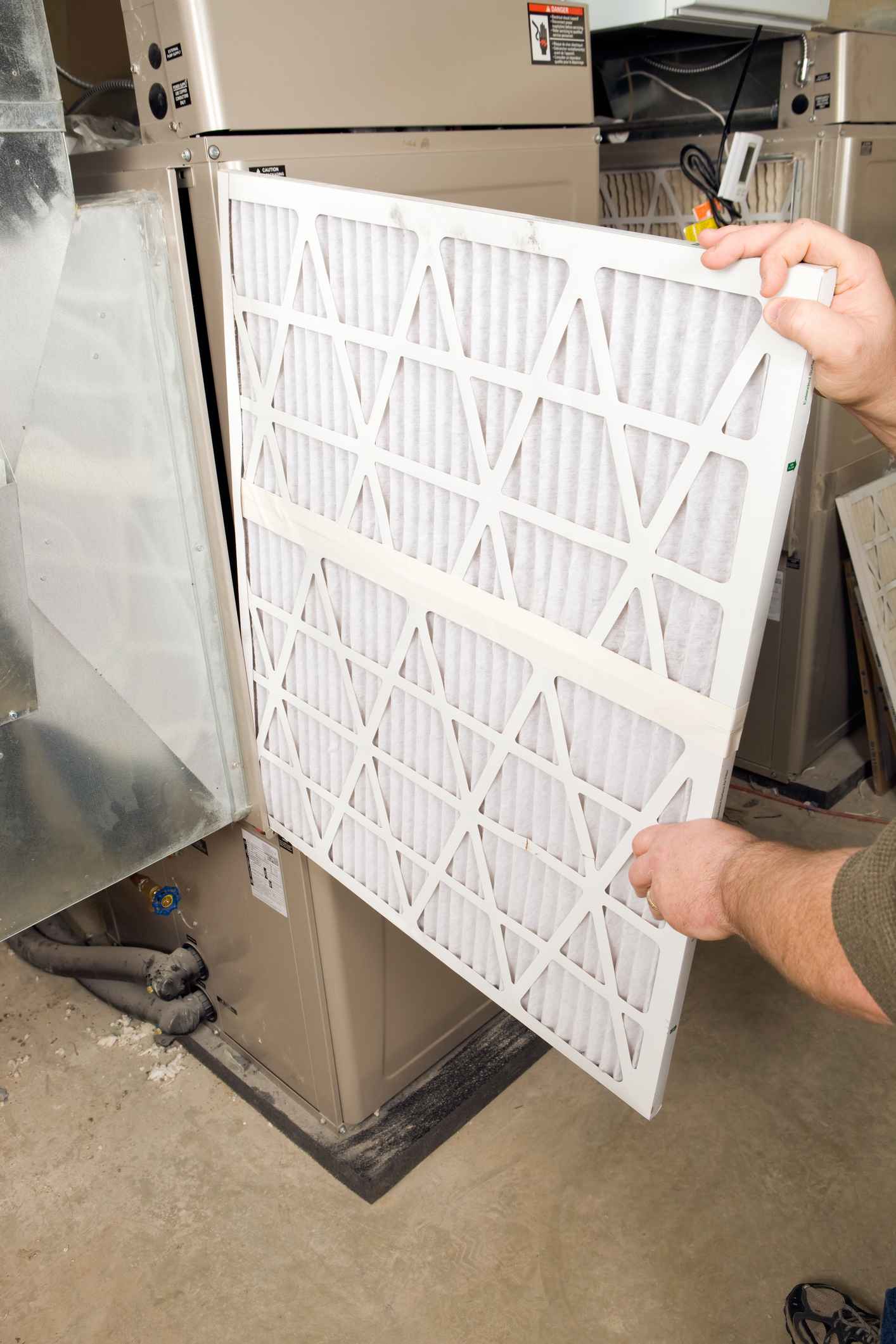
December HVAC Checklist: How Austin Homeowners Can Stay Warm During Sudden Cold Snaps

The Hidden Costs of Ignoring HVAC Duct Leaks in Austin’s Humid Climate
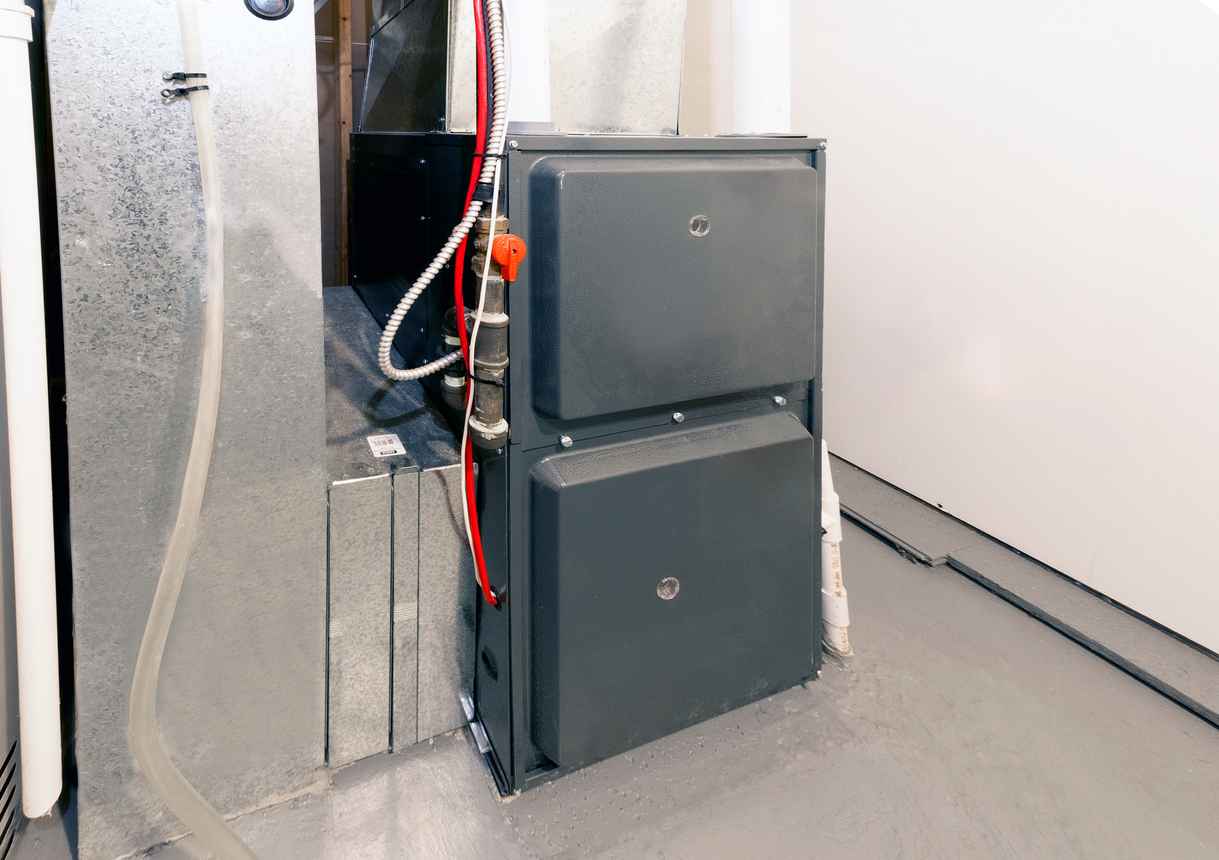
What Makes McCullough Heating & Air Conditioning the Right Choice for Austin Heating Needs
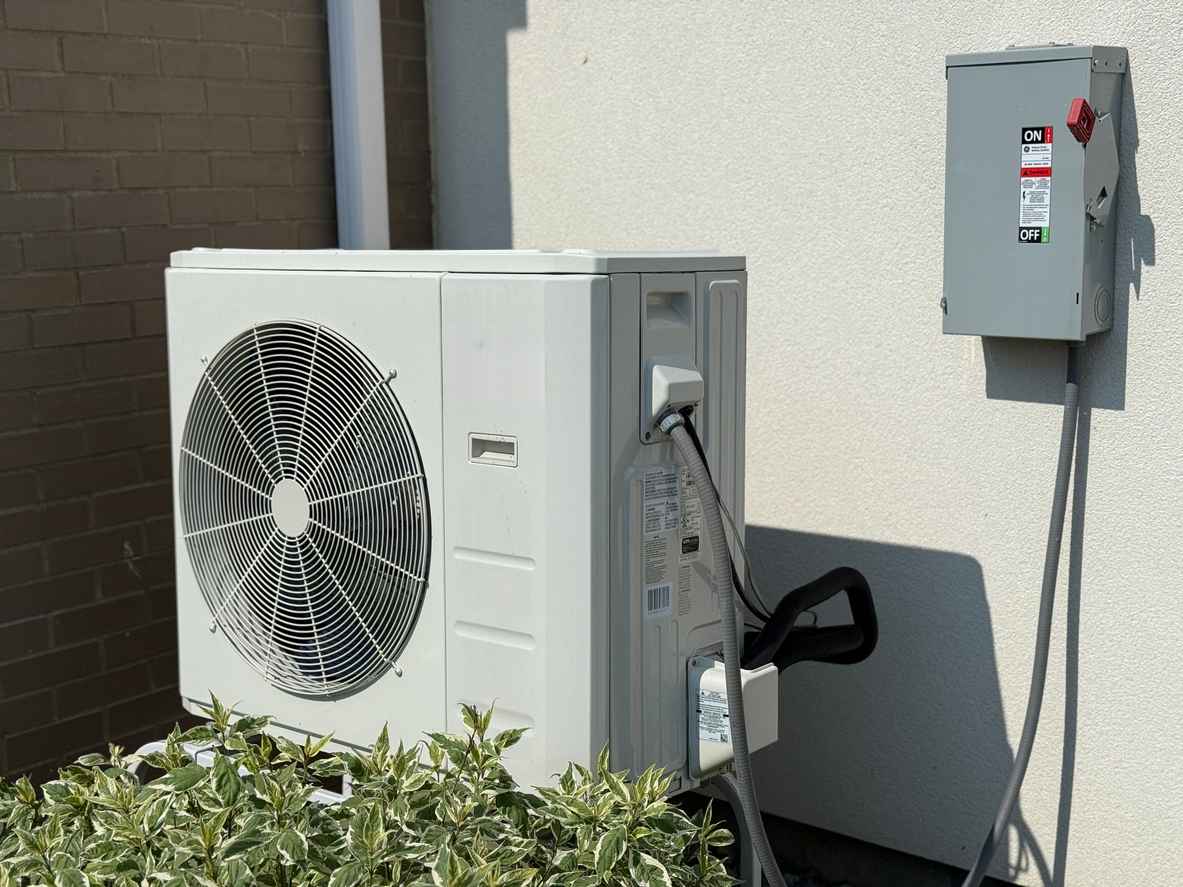
Why Texas Homeowners Are Upgrading to Heat Pumps in 2026: Efficiency & Tax Credit Insights
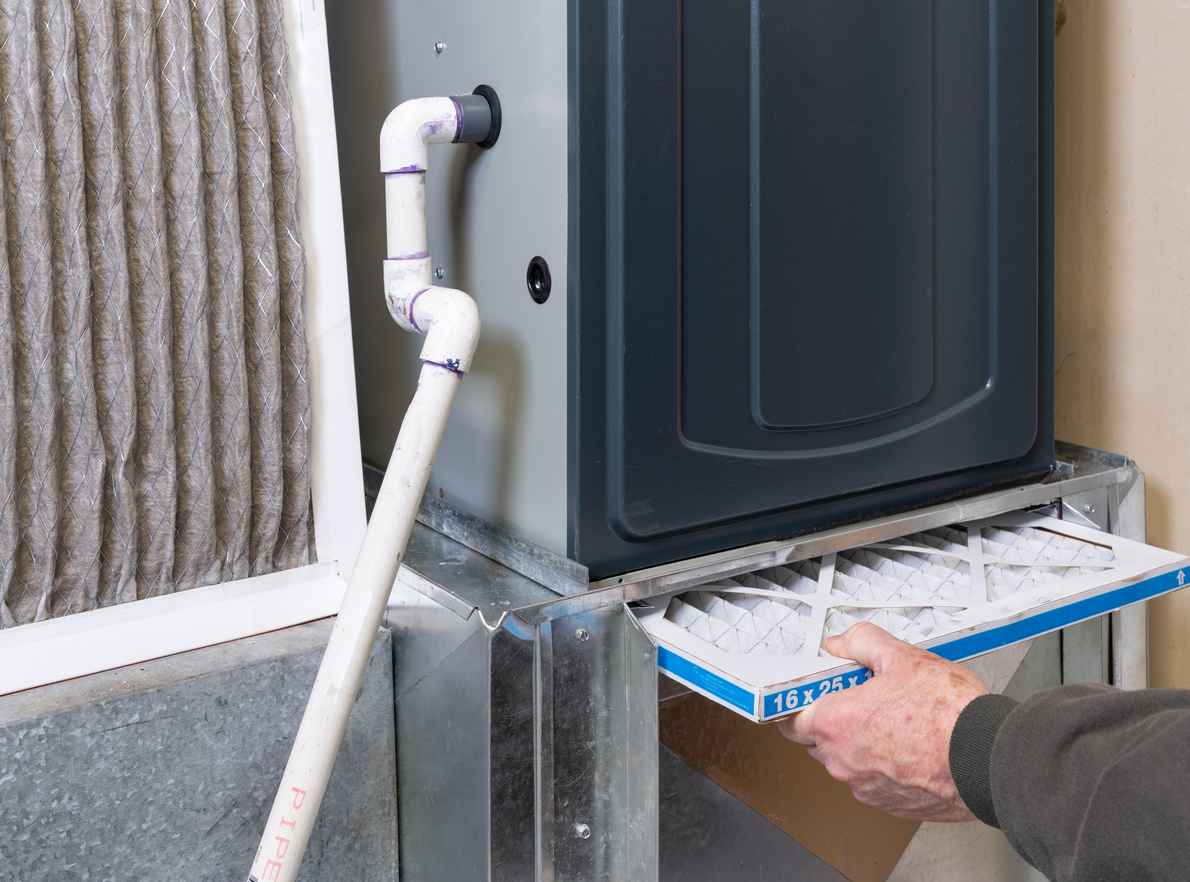
Is Your Furnace Ready for a Central Texas Winter? Austin Homeowners Should Check This First
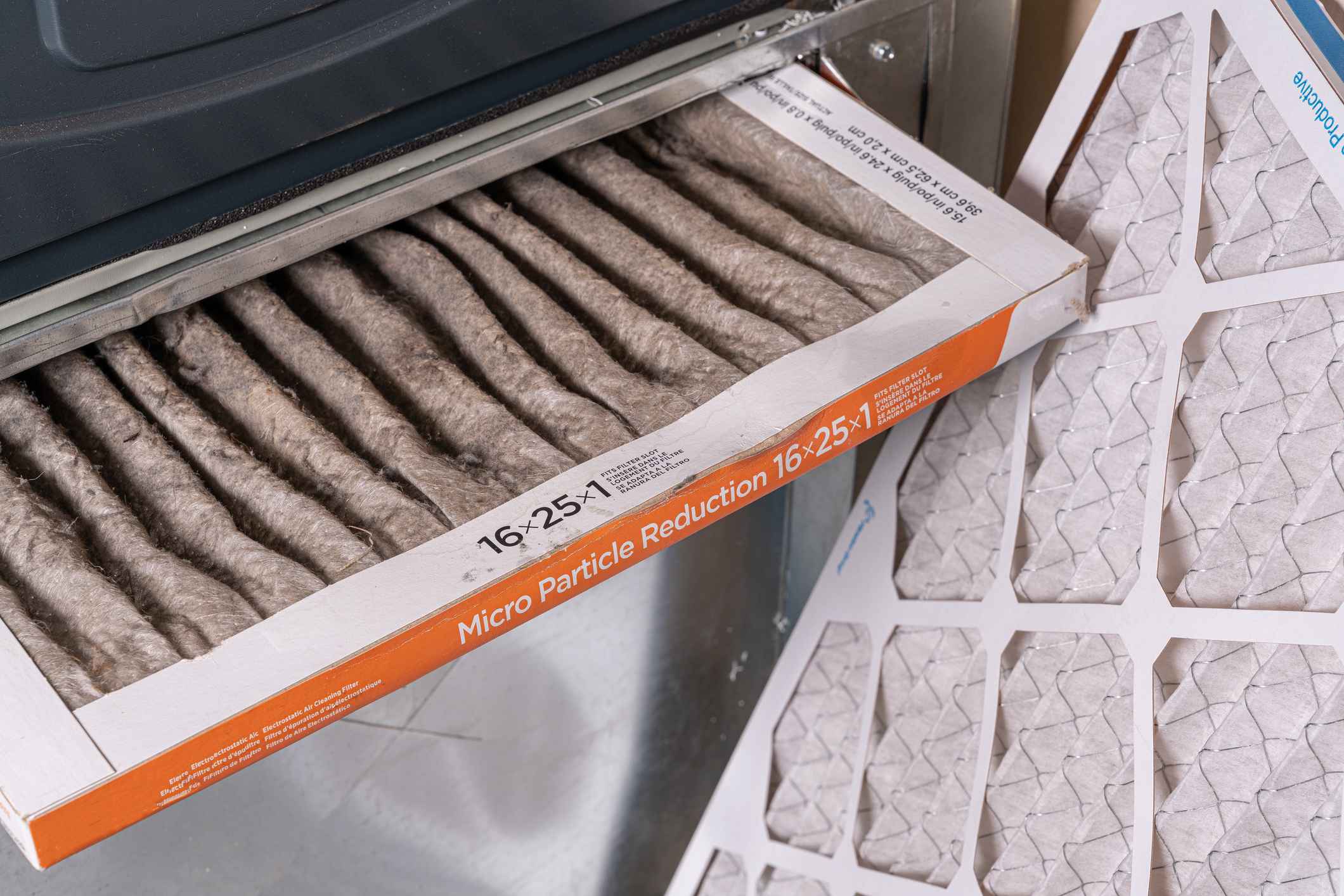
Don’t Get Spooked by Strange HVAC Noises This Halloween: Austin’s Guide to a Fright-Free, Cozy Home
